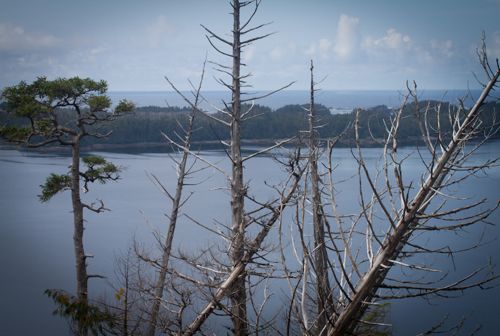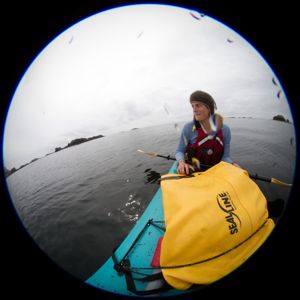
Yellow cedar are dying in the Tongass, generally from south to north. Oakes is studying how the die-off is affecting the forest, and the people who use it.
Lauren Oakes is a Ph.D. candidate at Stanford University. She’s spent the past two years studying yellow cedar decline in the Tongass. Oakes is not trying to learn why yellow cedar are dying — that’s already been attributed to climate change. Rather, she and her team are studying what’s next: How will the forest plant community be affected by the loss of cedar trees? How will their loss affect us?
Oakes is based in the Sitka Sound Science Center; she did most of her field studies on West Chichagof Island, and as far north as Glacier Bay. She stopped in recently to talk about her work with KCAW’s Robert Woolsey.
Oakes was a regular contributor to the New York Times Environment Blog before that feature was discontinued. Read her posts here.































